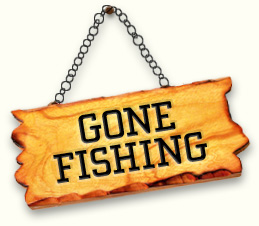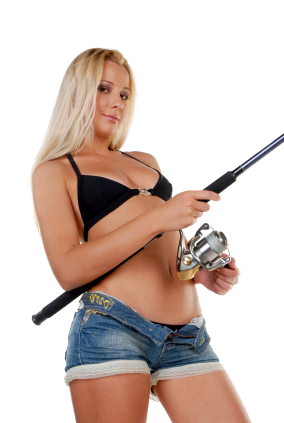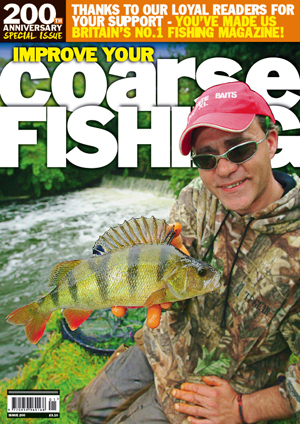
CasterHard chrysalis of a maggot approx 5mm in
size. The life cycle of the blue bottle fly starts from the egg which hatches into the maggot which then changes into the chrysalis before finally hatching as the fly.The caster is the chrysalis stage of this development and varies from a light, creamy colour initially to almost black just before it hatches. As well as changing colour, crucially from a fishing point of view, its buoyancy also changes. As it gets darker it starts to float making it useless for bait so we have to intercept the development and chill the caster at the right stage before it starts to float. Although the process is a relatively straightforward one it is a time consuming business involving riddling the turning maggots several times a day to catch the casters just when they turn and they are still at the sinking stage. It is a job you can do for yourself, and many serious caster anglers swear by turning their own, all good tackle shops do the hard work for us and produce gallons of top quality casters every week which we can buy by the pint ready to use. The use of casters as a deadly fishing bait started in the sixties when Lancashire legends like Benny and Kevin Ashurst took the Trent match fishing circuit apart with the crunchy shells. At the time no body knew how they produced them in quantity and made them sink and it was even ridiculously suggested at the time that they put a micro shot in each one. Over the years the ‘secret’ came out and now the casters are seen as a readily available bait that is excellent for many species of fish but particularly for quality roach, bream, chub, barbel and tench. Hooking Casters
An alternative method of hooking is to simply hook it through the blunt end like a maggot leaving the hook visible. If the fish will have this presentation, usually when the fish are competing and you are getting lots of bites, it can be more effective as with the hook point showing more bites will be hit. The other advantage of this hooking method is that you can use smaller hooks which, when fishing on the drop for example, will not weigh the caster down as much and will allow it to sink slower than with a bigger hook. For bigger fish like barbel, chub and tench fish with two or
three casters on a size 14 or 12 hook. Casters are usually sold in airtight polythene bags which are fine for keeping casters in for a couple of days or so in a fridge. The only potential problem with keeping them in polythene bags is that sometimes they can develop ‘burn’ marks – uneven discolouration. To prevent this store them in a plastic maggot box with a couple of sheets of damp kitchen roll on top followed by a piece of polythene and then the bait box lid. A bit of a faff but worth it when only a perfect caster will do. When you get to the bank side it is vital that you keep them submerged in water. On a warm day a caster can turn into a useless floater in a couple of hours or less if they are not kept in water. Put them into a bowl or bait box full of water and if any float skim them off and keep them for the hook. Feeding floating casters can be a disaster as the wind or flow will take them and possibly your fish out of your swim. Caster Fishing Tips 1 – Always keep your casters in water while you are fishing to stop them turning into floaters. 2 – Use a fine wire hook to prevent damaging the caster when putting it on the hook. 3 – Use a floating caster on the hook when fishing on the drop. The weight of the hook will make the caster sink slowly like the loose feed. 4 – When adding casters to groundbait only add them as and when you are ready to feed. If you add them all at the start of the session they will turn to floaters as the day progresses. 5 – Try different colour casters on the hook. Some days the fish prefer dark ones while on others they go for the lighter ones. |





Copyrights ©2008 Fish-Site.com
 The traditional and perhaps most common
method of hooking a caster involves burying the hook
inside the bait. Using a fine wire spade end size 20 or 18
hook push the point into the blunt end of the caster,
rotate the hook inside the caster until just the spade is
proud of the bait and finish off by pushing the spade into
the shell to end up with a totally hidden hook. The bigger
and crunchier the caster is the easier this process is so
it is a good idea to keep a few out of water to dry out
and crisp up a bit when you are caster fishing.
The traditional and perhaps most common
method of hooking a caster involves burying the hook
inside the bait. Using a fine wire spade end size 20 or 18
hook push the point into the blunt end of the caster,
rotate the hook inside the caster until just the spade is
proud of the bait and finish off by pushing the spade into
the shell to end up with a totally hidden hook. The bigger
and crunchier the caster is the easier this process is so
it is a good idea to keep a few out of water to dry out
and crisp up a bit when you are caster fishing.